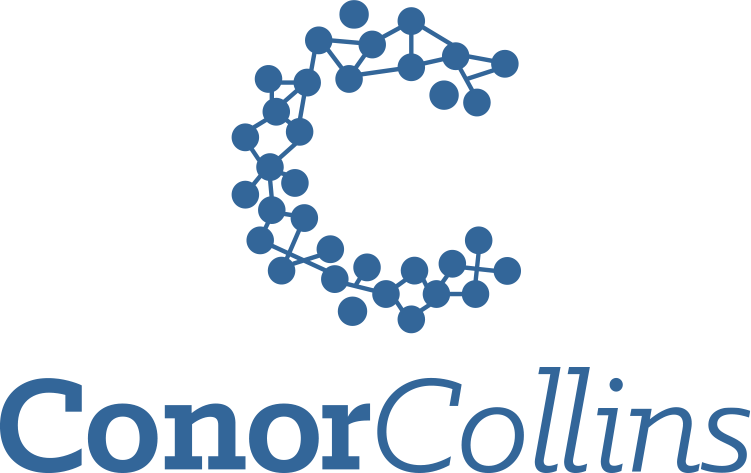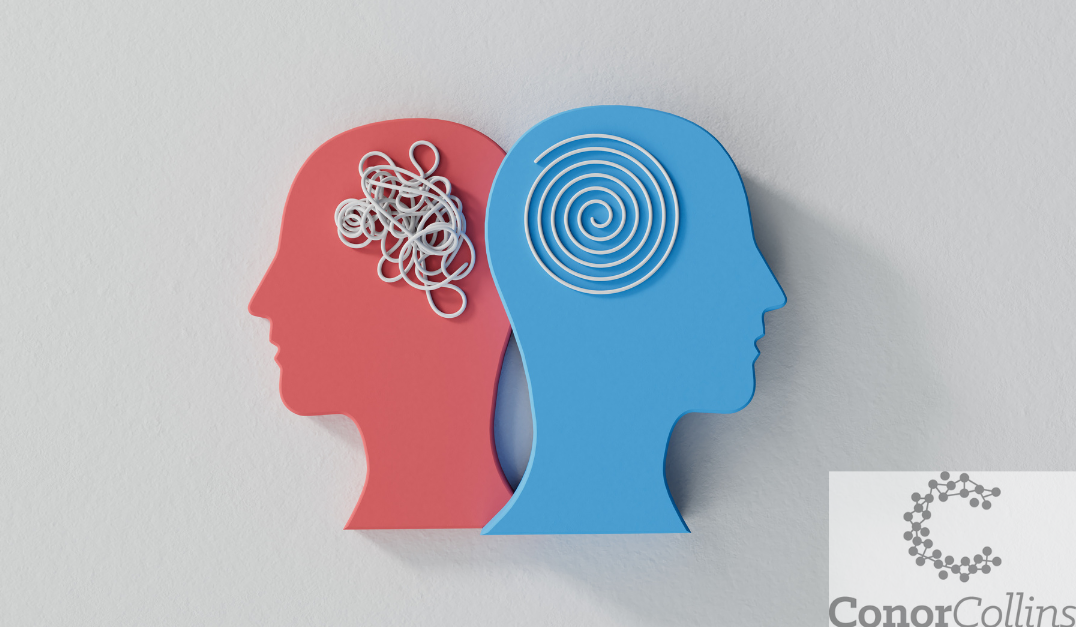This week’s guest blog is from Cait Leavitt
_____________________________________________________________________________________
Many practitioners are in their role because they want to help people. Seeing our clients hit their rehab milestones is always a fulfilling experience. Unfortunately, the opposite is also true. It can be very challenging for both the practitioner and the client to have a turbulent rehab experience.
Although the biopsychosocial approach to injury treatment is well known by most practitioners, psychological aspects can easily fall to the wayside. At no fault of the practitioner, those who do not work in the field of psychology are often not taught HOW to manage these factors, leading practitioners to feel ill equipped.
Many injured athletes will turn to their physiotherapy, athletic trainer or primary treatment provider for a source of emotional support. From my experience, this is due to the access (frequent treatment sessions) and lack of knowledge around additional forms of support. The most common challenges athletes face is fear of re-injury, low confidence, pressure around their identity outside of sport and fluctuating levels of motivation.
All of these mental challenges greatly impact rehab adherence.
Some (rather shocking) statistics:
- 45% of athletes who sustained an ACL tear did NOT return to their same level of sport despite being cleared. This shows that practitioners, can do their job exceptionally, but the patient may still not go back into sport, largely due to psychological factors
- 85% who had shoulder instability surgery and did not return to play, stated psychological reasons why, with fear of re-injury being most common, and confidence a close second
- 72% of collegiate athletes who did mental skills training during injury recovery, felt they returned to sport faster than they expected
This is where mental skills training can come in. Practitioners don’t need to go back to school to implement some of these skills in their sessions. Here are four psychological approaches practitioners can use in their sessions to help improve rehab adherence, improve patient experiences and ultimately enhance rehabilitation outcomes.
Relationship Building
Often practitioners are already doing this. Active listening involves validating someone’s experience (“I can see how challenging that must be”) and maintaining eye contact.
Goal Setting
Many people have varying experience with goal setting, unfortunately, it is not always done properly. Research shows that there is not a one size fits all approach to goal setting. It’s much more complicated than just using S.M.A.R.T goals. Specific to injury recovery, best practices indicate involving them in the process, setting process based goals and adjustments/revisions to goals is critical. It is especially important for long-term injuries (greater than 4 weeks) to pare down the rehab into smaller chunks.
Here are some goal-setting best practices for practitioners:
- Identify their outcome (usually out of their control) and then break this down into rehab milestones. From here, identify the daily/weekly habits that will help reach these milestones. These habits are what to focus on, what to monitor and what to adjust based on progress. For example,
- Outcome = return to sport in 6 weeks,
- Milestones = knee flexion and range of motion @ 90% of non-injured knee
- Habits = sleep 8 hours/night, complete daily physios exercises @ 8am while making coffee.
- Help keep them accountable by following up in each session and celebrate the small wins.
Mental Rehearsal
Mental rehearsal (more commonly known as visualization or imagery) can work wonders for both improving skill, motor learning (ex. improving range of motion) and as a stress management technique. As a practitioner, explain to the client what is happening in their body when they do movements, as you facilitate this motion, get them to take a few deep breaths, close their eyes and then visualize what the exercise is doing WHILE you help them do the motion. Mental rehearsal is used a lot with stroke patients…because it works and it can work with just about any injury.
Relax. Rehearse. Repeat.
Relaxation Techniques
We all know how much stress can wreak havoc on our bodies, especially during injury recovery. Simple activities can help reduce our stress response so the client’s body can focus on healing. In session, help facilitate box breathing (in for 4, hold for 4, out for 4, hold for 4) or pursed lips breathing (inhale through the nose, and exhale through the mouth as if blowing out of a straw.
Many practitioners have more skill than they think, but leveraging these four mental training techniques can greatly impact rehabilitation experiences and outcomes.
Sometimes, clients require further mental support, signs of this can include:
- Persistent anxiety & stress: Changes in mood, poor sleep, fidgety/restless, changes in communication style
- Communicating that the demands feel greater than their individual capabilities (“I don’t feel like I can cope with this”)
- Negative perception of injury: “Of course this happened to me”
- Poor rehab adherence
- Complaints of (not typical) recurring pain
- Increase in frequency of sessions
- Making excuses to avoid return-to-play
If you feel that your client could benefit from further mental support, you can always reach out to a Certified Mental Performance Consultant, like Cait Leavitt, who specializes in the psychological aspects of injury and concussion recovery.



Recent Comments